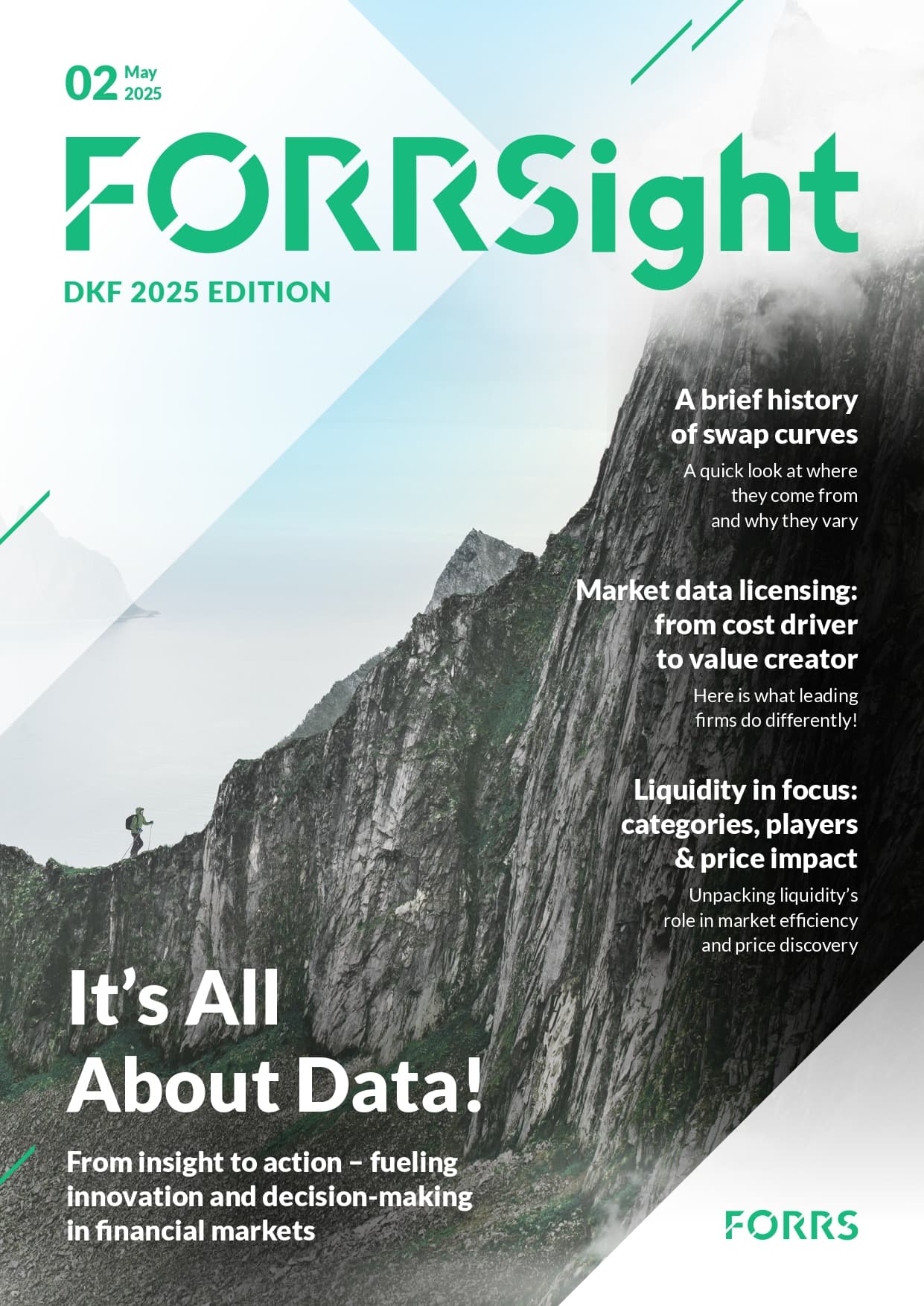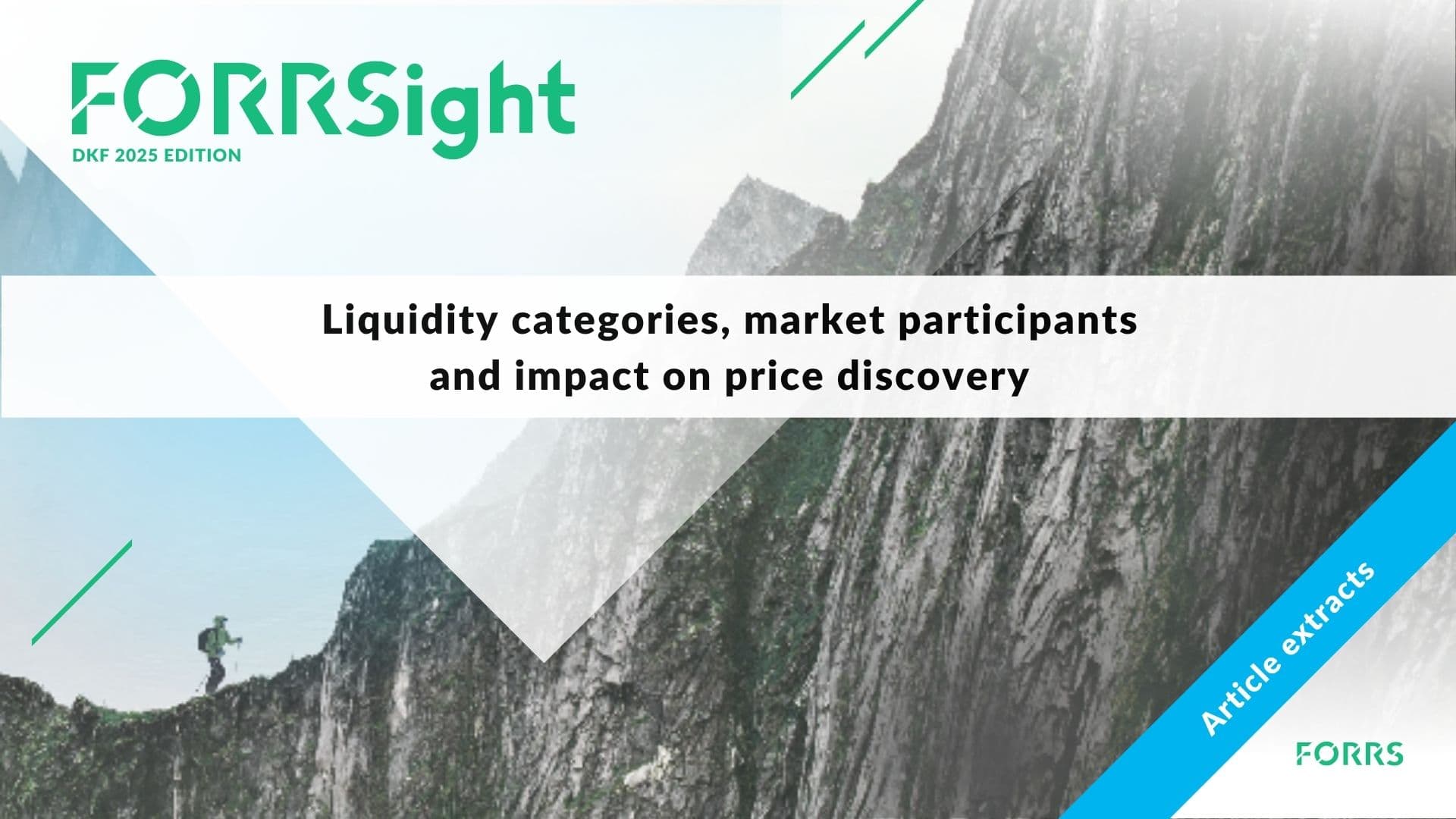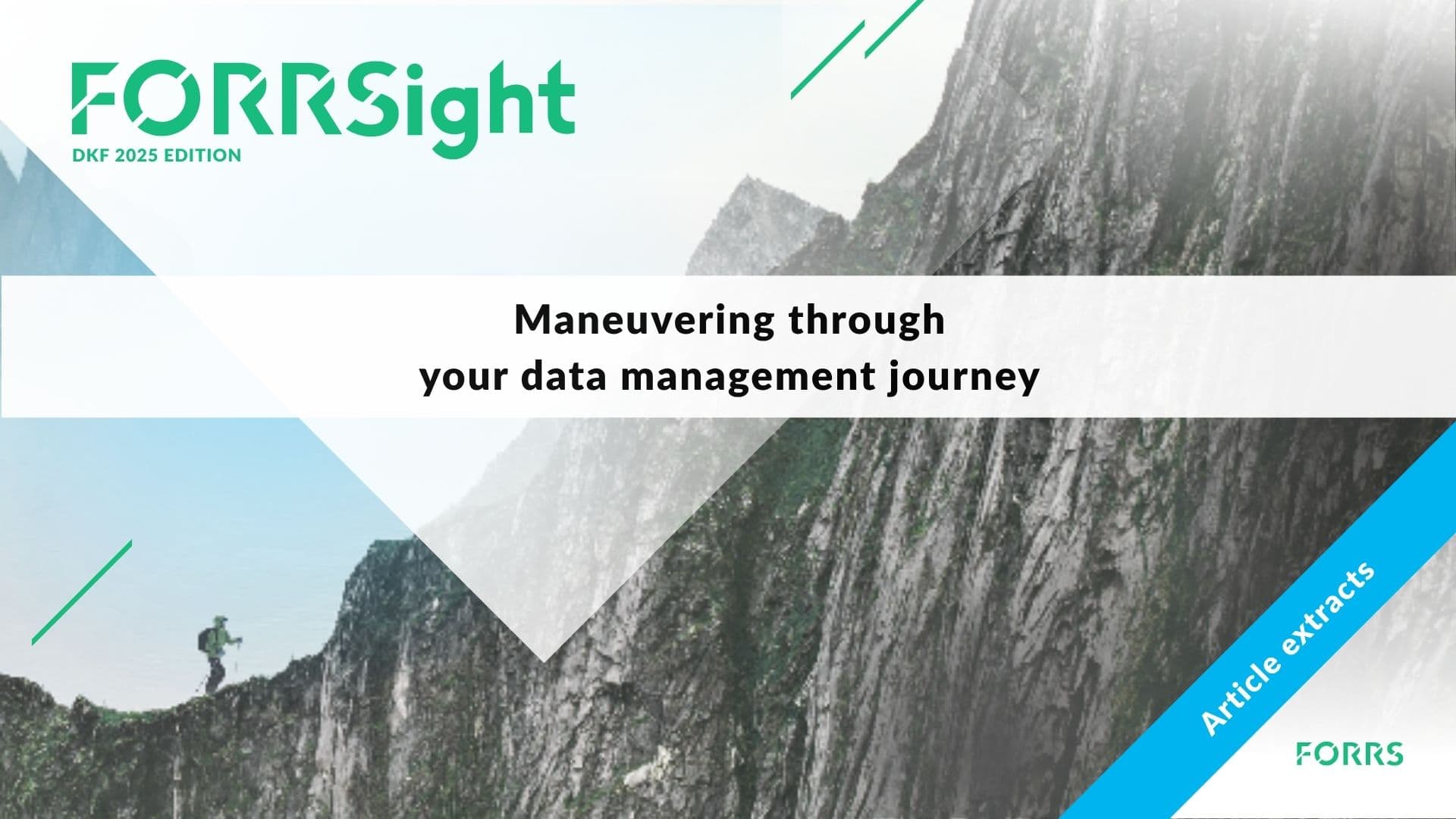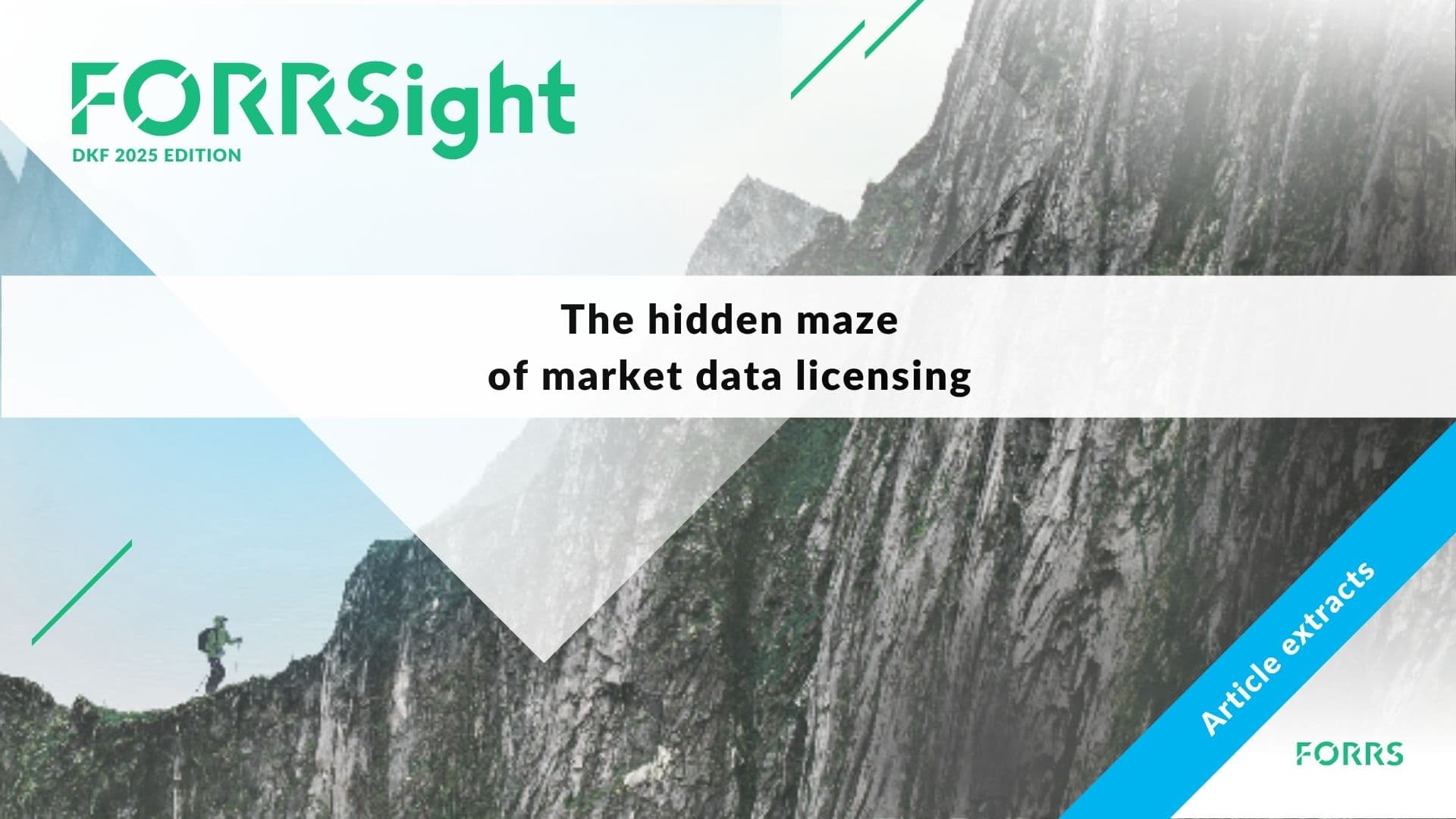01.08.2025 / 08:30
Redefining Data Management for Private Markets
Financial Markets
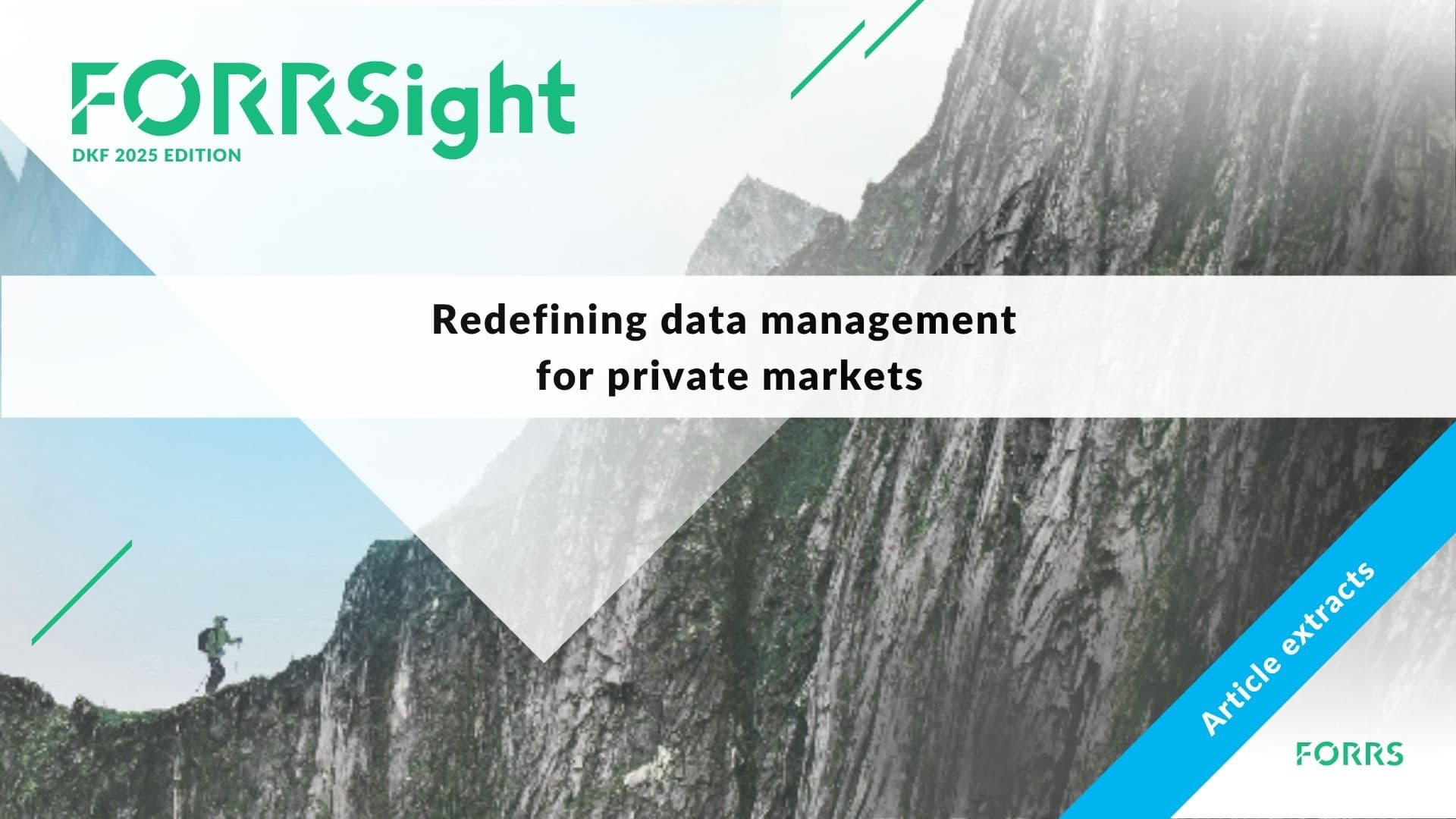
The future for alternative investments looks bright, as adoption by institutional investors continues at an unprecedented pace. But where the sun shines, there is shadow: the increasing complexity and cost of managing alternative assets. Investors must weigh risk, data management hurdles with look-throughs, ESG, data for analytics or client responsibility, and regulatory reporting. What does the newest solution look like?
The growing prominence of alternative assets in investment portfolios is driving a transformative shift in asset allocation. According to Fidelity, institutional investors allocate an average 24% of the assets to alternative investments, driven by their potential to deliver uncorrelated returns and long-term growth.
However, managing these assets introduces significant challenges. Unlike traditional assets, such as equities and fixed income, alternative investments generate high volumes of fragmented, unstructured data. These volumes require a fundamentally different approach to both data management and the way in which teams access and interact with said data.
Investment firms are finding that traditional systems, designed for public markets, cannot scale to meet the complexities of alternative assets. Manual processes – though still widely used – are resource-intensive, prone to errors, and unable to keep pace with modern investment management. As alternative assets become integral to strategic growth, firms must transition to robust, scalable data solutions that ensure high-quality, actionable insights.
Artificial intelligence (AI) is the key element in this data evolution. Behind the scenes, it enhances data integration and standardization to create the robust, scalable, and accurate platforms that firms need. Then, generative AI tools create opportunities to easily interact with complex datasets through intuitive, conversational prompts. These advancements redefine data management, making it faster, more collaborative, and transformative.
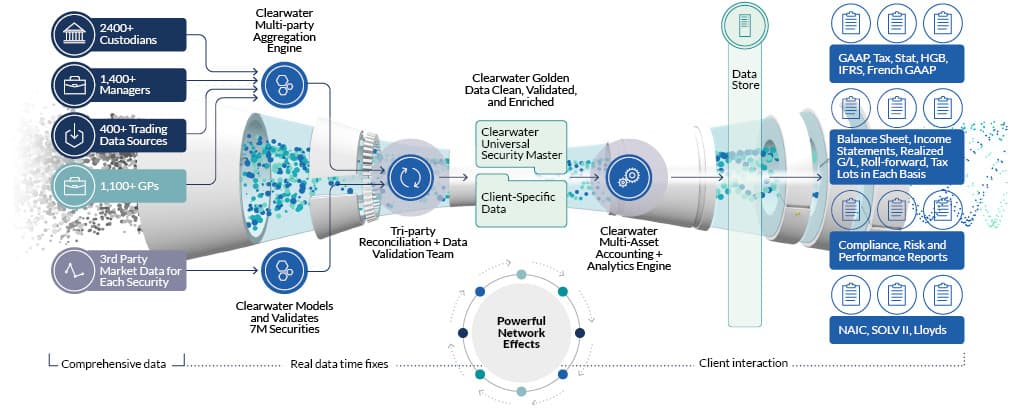
Single source of data across 98 asset classes: Complete. Accurate. Consumable.
New assets demand, new data solutions
Alternative assets have rapidly emerged as a core component of investment portfolios and new investment flows. As investors increasingly rely on alternative assets for diversification and higher returns, the need for advanced operational processes and resources is growing immensely. It is widely acknowledged that the relationship between the increased flows into alternative assets and the operational effort required is not directly correlated – in fact, alternative assets notably increase the operational burden.
With global alternative assets under management projected to grow from US$15 trillion in 2022 to over $24 trillion by 2028, or $60-$65 trillion by 2033, the industry’s evolution shows no signs of slowing.
Managing alternative asset data is complicated, and presents unique challenges that require a disproportionate allocation of resources:
- Data complexity: Alternative asset data is fragmented, high-volume, and often unstructured, originating from diverse sources such as private equity firms, real estate platforms, and bespoke financial models. A lack of standardized datasets and custom-tailored deal structures adds to this difficulty.
- Integration challenges: Existing data platforms, typically designed for public markets, struggle to scale for the reconciliation, reporting, allocation, and analysis demands of alternative investments.
- Operational inefficiency: Manual processes are a significant drain on time – creating bottlenecks, increasing the risk of errors, and limiting access to real-time or near-real-time data. Without robust oversight, firms face heightened exposure to operational and compliance risks.
In contrast to public markets, which benefit from decades of refinement and established data standards, private markets remain fragmented, requiring firms to stitch together data and create custom processes. To overcome these inefficiencies, investment firms need a unified, scalable platform that is capable of transforming fragmented data into actionable insights.
The role of data-as-a-service
Data-as-a-Service (DaaS) offers a transformative solution, by centralizing data collection, validation, storage, and governance. This approach helps firms:
- Reduce operational risks and costs.
- Standardize data formats and streamline data sources.
- Establish a “single source of truth” for more effective decision-making and reporting.
By adopting a DaaS model, firms can focus on their core competencies while benefiting from consolidated, validated, and business-ready data. This model enhances operational efficiency and empowers end clients by providing direct access to actionable insights. For alternative investments, a unified data framework is vital.
Data collaboration as a strategic imperative
Effective data collaboration involves the integration of investment management data with a powerful cloud-based data platform. Data collaboration goes beyond centralized storage. It makes data accessible, usable, and actionable across the organization. What is more, it ensures that different parts of the data ecosystem interact with each other to maximize the data’s value and accessibility for all parties.
Key components of this integration:
- Data accessibility: Comprehensive investment datasets readily available to users through a centralized data marketplace.
- Seamless processes: Accurate, timely, and comprehensive data fuels the entire investment management process.
- Operational efficiency: Direct access to data eliminates the need for multiple data storages, enhancing operational efficiency.
- Advanced AI tools: The integration leverages advanced AI capabilities to facilitate natural language queries, transforming how teams interact with complex data sets.
Conclusion
The growing prominence of alternative assets brings both significant opportunities and operational complexities. Managing fragmented, unstructured data while meeting client and regulatory demands requires a fresh approach. Traditional systems and manual processes are no longer sufficient to support the scale and intricacy of modern investment portfolios.
A reimagined data management strategy – centered on integration, collaboration, and advanced tools like AI – offers a clear path forward. By adopting scalable, automated solutions, firms can enhance efficiency, ensure real-time access to actionable insights, and allocate resources more effectively. Generative AI further accelerates this transformation by enabling intuitive data interactions, empowering teams to access critical information with speed and accuracy.
The future of investment management will be defined by firms’ ability to adapt to these demands, leveraging innovative technologies to streamline operations and unlock the full potential of alternative assets. By taking these steps, firms can position themselves to meet evolving client needs, navigate regulatory requirements, and support strategic growth in an increasingly complex market.


